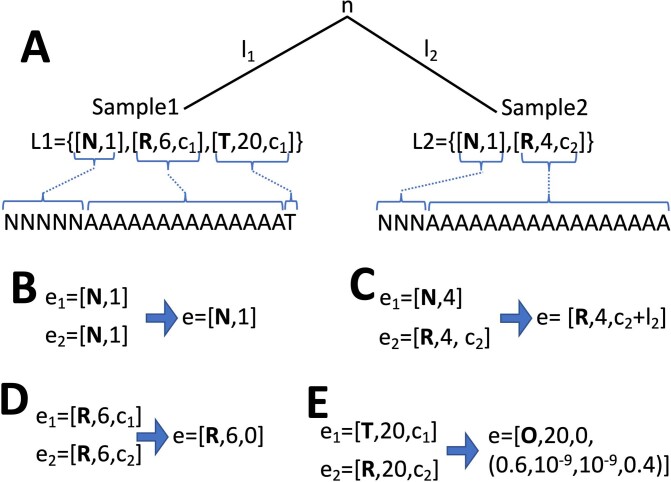Extended Data Fig. 5. Graphical example of the merging of genome lists.
We consider, as in the main text, an example reference genome of 20 “A” nucleotides, partial likelihood genome lists L1 and L2, and a two-tips phylogeny with a branch long l1 leading to Sample1 and L1, and one long l2 leading to Sample2 and L2. A Graphical representation of the phylogeny, genomes, and partial likelihood genome lists. Blue parentheses and lines highlight the correspondence between genome list entries and portions of the observed genomes. We want to show how we calculate the partial likelihood genome list for the most recent common ancestor n of Sample1 and Sample2. Parameters c1 and c2 are always 0 for tree tips, but we keep the notation more general since for internal nodes these values can be strictly positive. B For the first three positions, both genomes contain no information (the corresponding genome list entries are of type N), so the parent node genome list entry is of type N. C For positions 4 and 5, Sample1 provides no information while Sample2 presents the reference allele. The corresponding parent node genome list entry is then of type R and its branch length element is c2 + l2, the evolutionary distance between n and the last visited node in the tree with no state uncertainty at the considered positions. D From positions 6 to 19 both child node genome list entries are of type R. The corresponding genome list entry for n is then also of type R, and its branch length element is 0, which is the same as considering the reference alleles observed exactly at the parent node. E At the last position of the genome we observe “T” at Sample1 and reference nucleotide “A” at Sample2. The corresponding parent node genome list entry is then of type O. This entry also contains an explicit partial likelihood vector with the relative likelihoods of all four nucleotides. The branch length element of the entry is 0, since the relative partial likelihoods refer to n.

